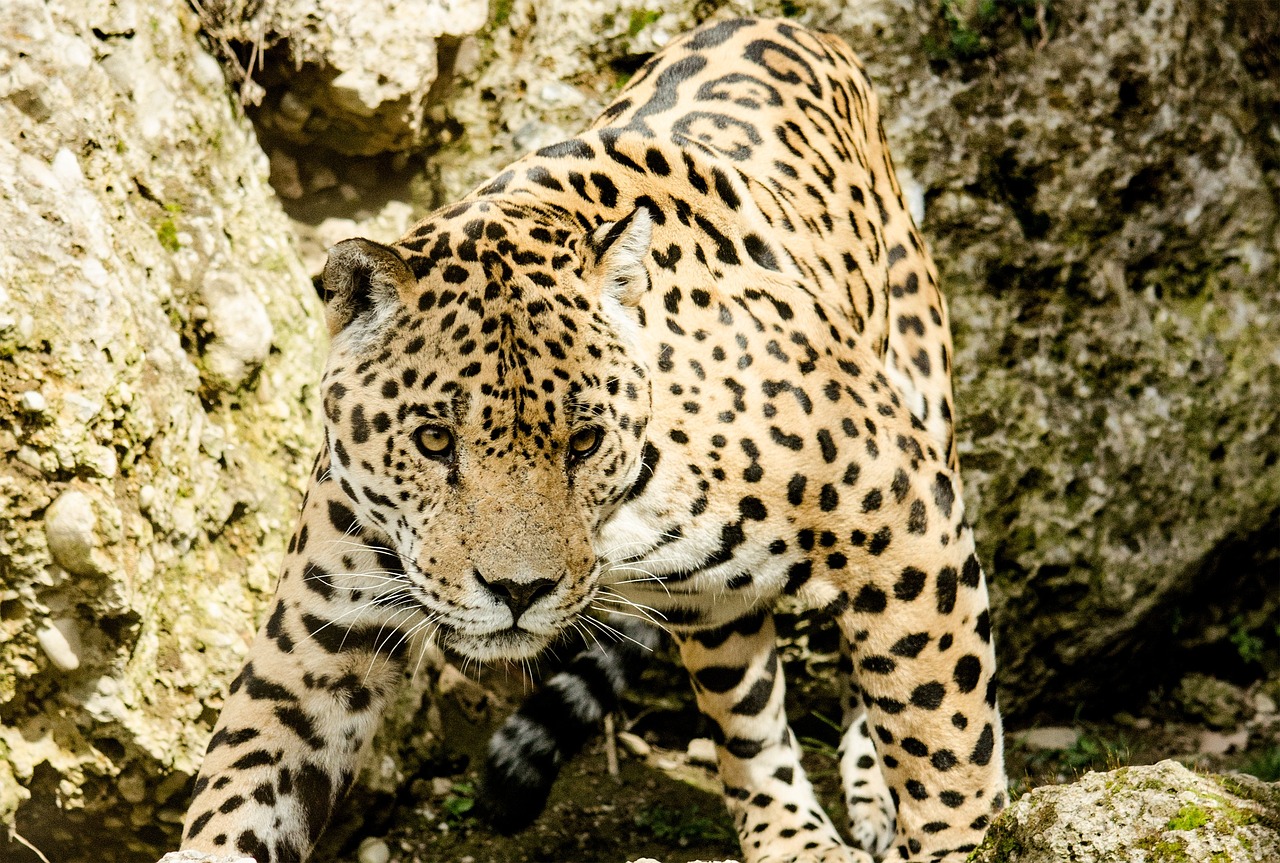The Role of Fieldwork in Jaguar Conservation Efforts
Understanding Jaguars: A Keystone Species
Jaguars (Panthera onca) are apex predators, playing a critical role in maintaining ecological balance within their habitats. As a keystone species, they contribute to controlling populations of prey species, which indirectly supports plant life and the overall health of the ecosystem. However, habitat loss, poaching, and human-wildlife conflict threaten their survival. Effective jaguar conservation necessitates rigorous fieldwork to address these challenges comprehensively.
Field Surveys and Population Monitoring
One of the most essential aspects of fieldwork in jaguar conservation is conducting population surveys. These surveys help to estimate jaguar numbers and understand their distribution across various regions. Researchers utilize various methodologies, including camera traps, track count surveys, and radio collaring to monitor jaguar movements.
Camera Trapping: This non-invasive technique allows conservationists to capture images of jaguars while they roam their natural habitat. The data collected helps in estimating population density, identifying individual jaguars through unique spot patterns, and understanding their behavioral patterns.
Track Counts: By recording the presence of jaguar tracks in different areas, researchers can assess habitat usage and population distribution over time. This provides crucial insights into habitat preferences, and migration patterns that are vital for developing effective conservation strategies.
Radio Collaring: Attaching GPS collars to selected individuals gives real-time data on their movements and habitat preferences. This high-resolution tracking allows researchers to understand how jaguars navigate human-modified landscapes, aiding in designing wildlife corridors that mitigate habitat fragmentation.
Habitat Assessment and Restoration
A critical aspect of jaguar conservation is assessing their natural habitats. Fieldwork enables conservationists to map out critical areas for jaguar survival, including breeding, feeding, and corridor routes. By surveying these areas, researchers can identify essential ecological features and ascertain their current conditions.
Environmental Assessments: Evaluating vegetation types, prey availability, and human encroachment is vital in determining the health of jaguar habitats. Many conservation projects advocate for reforestation and habitat restoration based on these findings, aimed at enhancing connectivity between fragmented habitat patches.
Sustainable Land Use Practices: Fieldwork can also identify areas where agricultural practices conflict with jaguar habitats. Recommendations for sustainable land use, such as agroforestry and organic farming, can help create a harmonious coexistence between farming communities and jaguar populations.
Engaging Local Communities
Community involvement is paramount for effective conservation efforts. Fieldwork serves as a platform for engaging local communities in jaguar conservation initiatives. Researchers often work closely with indigenous populations and local stakeholders to educate them on the ecological significance of jaguars and the role they play in ecosystem health.
Workshops and Training: Conducting workshops helps raise awareness about jaguar conservation, the importance of biodiversity, and sustainable practices. Training local community members in data collection methods and monitoring jaguar populations can foster ownership of conservation efforts.
Incentive-Based Conservation: Field observations can help identify local attitudes towards jaguars. By providing economic incentives such as ecotourism or compensation for livestock losses due to predation, communities may become more receptive to conservation initiatives.
Understanding Human-Jaguar Conflict
Human-wildlife conflict is one of the most significant threats to jaguar populations. Fieldwork facilitates identifying hotspots where human-jaguar encounters occur, enabling the development of tailored conflict mitigation strategies.
Conflict Assessments: Field researchers gather data on instances of livestock predation and crop damage attributed to jaguars. Analysis of this data informs on-the-ground solutions, such as establishing predator-proof enclosures or providing non-lethal deterrents to protect livestock.
Community Response Mechanisms: Engaging communities in reporting jaguar sightings and conflicts empowers them to take proactive measures. Fieldwork can aid in building trust and establishing networks that ensure quick responses to conflict situations, ultimately reducing retaliatory killings.
Climate Change Adaptation
Climate change poses a significant threat to jaguar habitats, causing shifts in prey availability and habitat conditions. Fieldwork is crucial for understanding how ongoing climate changes affect jaguar populations.
Longitudinal Studies: By conducting long-term studies on jaguar behavior, distribution, and health, researchers can assess the impacts of climate trends on this species. Data gathered over the years allows for predicting future challenges and developing adaptive management plans.
Monitoring Biodiversity: Jaguars depend on a range of species for prey. Fieldwork can assist in tracking changes in prey populations and plant communities due to climate change, aiding in developing strategies to maintain food sources and ecosystem health for jaguars.
Collaborations and Technology Use
Advancements in technology have revolutionized jaguar conservation fieldwork. Collaborations among universities, wildlife organizations, and local governments are key to maximizing resources and expertise.
Remote Sensing: Satellite imagery offers valuable insights into habitat changes, allowing researchers to track deforestation rates and assess landscape connectivity. Remote sensing tools can be instrumental in planning conservation areas based on real-time data.
Data Sharing Platforms: Collaborative databases and platforms enable researchers to share findings and strategies, enhancing the effectiveness of conservation efforts. Open-source data promotes transparency and allows for greater involvement from diverse stakeholders in jaguar conservation.
The Importance of Adaptive Management
Fieldwork is an ongoing process of learning and adapting strategies based on findings. Continuous monitoring and evaluation of conservation efforts ensure that methods are effective and that they evolve with changing environmental conditions and new threats to jaguars.
Feedback Loops: Establishing feedback mechanisms between researchers, local communities, and conservation organizations helps refine strategies for dealing with emerging challenges. Fieldwork plays a vital role in testing and adjusting conservation methods in real-time.
Long-term Vision: The insights gained from diligent fieldwork contribute to conservation planning efforts that aim for sustainable outcomes over decades. A long-term vision informed by empirical data nurtures resilience in jaguar populations and their ecosystems.
Engaging with the Larger Conservation Community
Fieldwork in jaguar conservation contributes to a broader dialogue about biodiversity and species preservation on a global scale. Join the movement, support local conservation initiatives, and recognize the intrinsic value of both jaguars and the habitats they inhabit. By valuing and protecting these majestic animals, we take crucial steps toward sustaining biodiversity for future generations.







